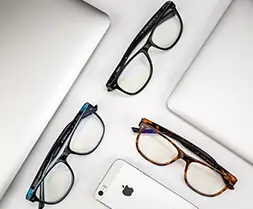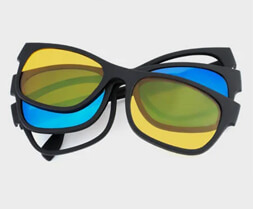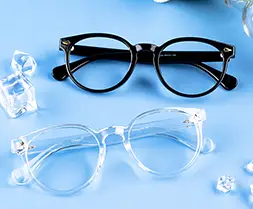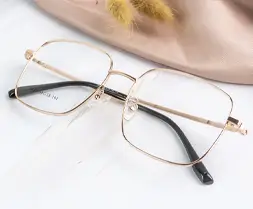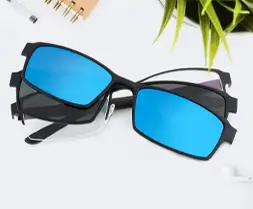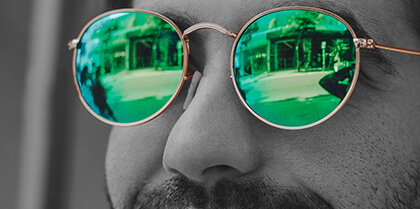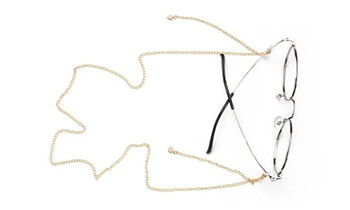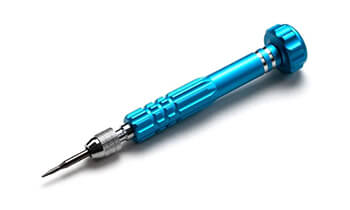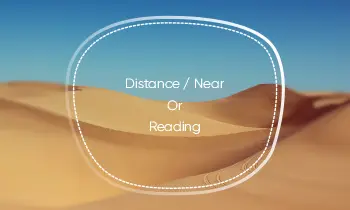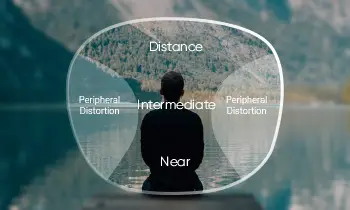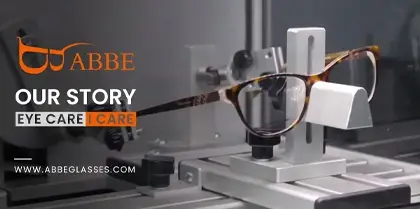When our children or we are newly nearsighted, the phrase we hear most often must be "it is pseudomyopia, it will get better on its own, don't rush to wear eyeglasses"; "you are only pseudomyopia now, wait for real myopia and then go to the optometry." So the concept of "pseudomyopia" is deeply rooted in people's minds.
Many parents do not understand "pseudomyopia," so it is easy to walk into the trap of misunderstanding and imperfect institutions, thus delaying the health of the child's vision, such as the development of high myopia will be too late to regret.
What exactly is "Pseudomyopia"
In many parents' minds, children with myopia will have "pseudomyopia" and need to be treated through some other channels to recover from the "pseudomyopia," and only if they fail to recover will they develop into "true myopia." The "true myopia" will grow only if it does not heal.
"Pseudomyopia", more rigorously referred to as "regulatory myopia," is a state of eye fatigue caused by the continuous contraction and spasm of the ciliary muscle, which can occur at any time and in any age group.
The ciliary muscle is a smooth muscle located inside the eye. Its role is to regulate the curvature of the lens by contracting and relaxing, thus allowing us to see objects at different distances.
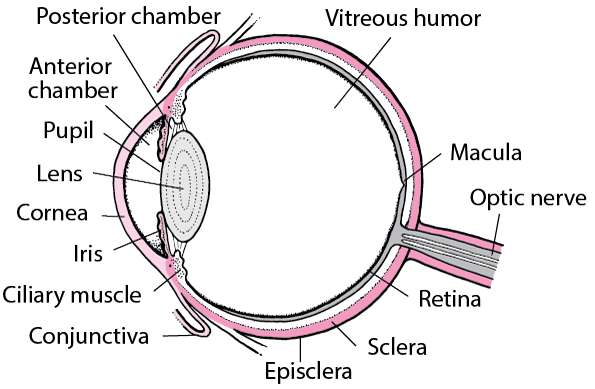
When we read and write for a long time or look at electronic screens, the ciliary muscle may be overly contracted and cause ciliary muscle spasms. When we look into the distance, the ciliary muscle cannot fully relax, and the lens adjustment power decreases, resulting in unclear vision.
This is called regulatory myopia, which can be relieved by moderate rest.
Beware of the trap of "pseudomyopia" in unscrupulous institutions
Many children who do have myopia do not receive proper vision correction. The main reason for this is the parents' misconceptions about "pseudomyopia." As a result, these children are taken to so-called "pseudomyopia treatment structures" for treatment.
These "pseudomyopia treatment facilities" do not determine whether the children are "truly myopic" but "treat" them directly through a series of methods such as massage. Through these methods, it is possible that the ciliary muscle spasm is relieved and the child's vision is temporarily improved. However, this short-lived improvement in vision is only a "blurred adaptation" after some training. This "blur adaptation" allows us to distinguish blurred objects using psychophysical methods and does not really "cure" myopia.
True myopia cannot be treated, only corrected.
How to tell if you are really nearsighted
When the following conditions occur, it is recommended to go to regular eye examinations to determine if true myopia is present.
- Squinting at things, Squinting can temporarily improve visual acuity by blocking part of the pupil and reducing light scattering when squinting. However, long-term squinting can lead to eye muscle fatigue and faster myopia progression.
- Seeing things too close, For example, unconsciously moving forward while watching TV often indicates that vision has become poor.
- Frequent eye rubbing, Nearsighted people with blurred vision and eye fatigue due to seeing and frequent eye rubbing may indicate a loss of vision in the eyes.
- Frequent blinking, Nearsighted people will often rub their eyes, causing chronic conjunctivitis and corneal damage, and will blink frequently when their eyes are uncomfortable.
- Frequent tilting of the head to see things, It may be due to the change in viewing posture because of the difficulty in seeing, and tilting the head to look at objects can reduce the effect of scattered light on vision.
- Frequent frowning, Some people try to improve their vision by frowning. However, frequent frowning can cause the extraocular muscles to compress the eye and may accelerate the development of myopia.
- Frequent pulling of the eye corners, This reduces the scattering of light, which temporarily improves or enhances vision.



